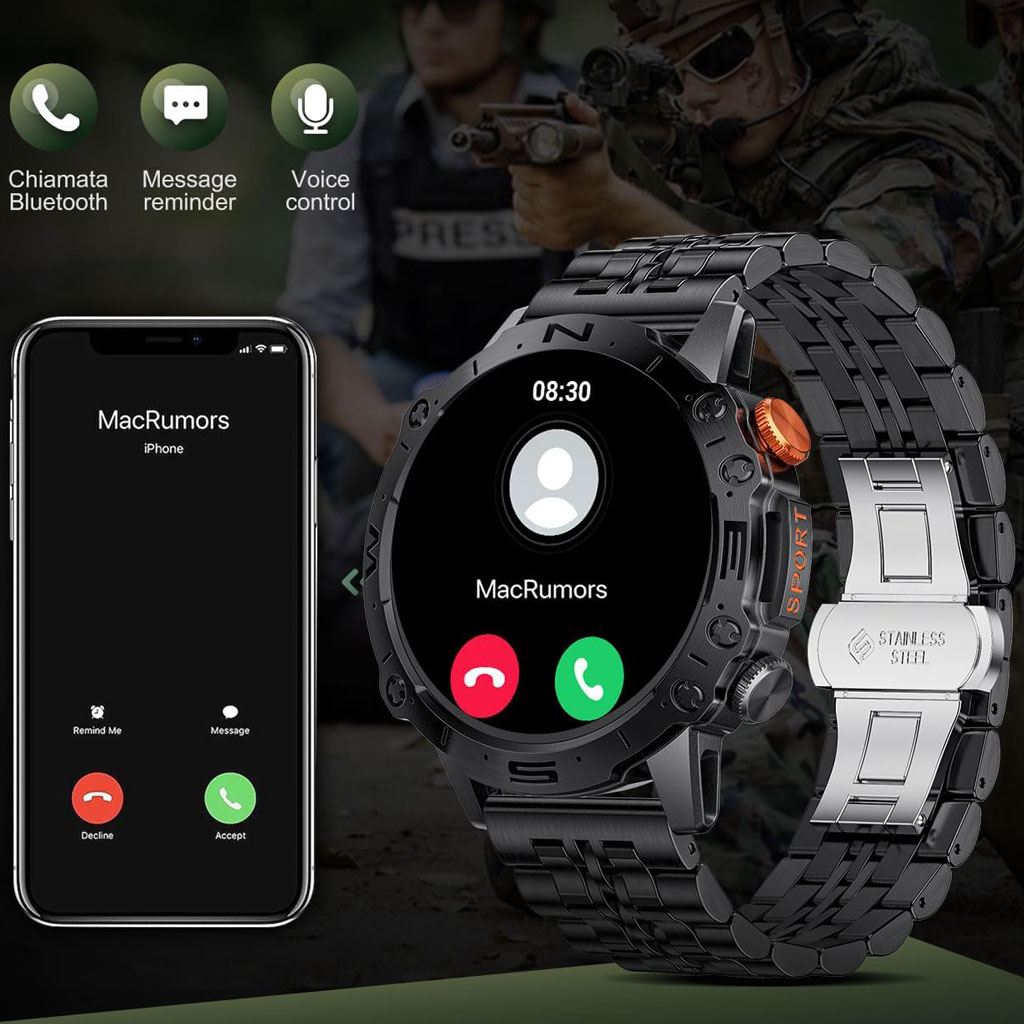
Bounce rates worry most website owners and reducing the percentage can seem like an endless task of trial and error. There are some areas of a homepage that immediately deter visitors which may not be instantly obvious to the seller.
To find out why people are landing and bouncing away you first need to research a few areas. Research in these topics will provide you with incredible data that you can use throughout the entire sales process.
These include:
The psychology of your target market – How old are they, what device do they use? Where do they live? What’s their average disposable income? Do they have children? By understanding the psych of your visitors you can create a landing page that seems almost personal to them.
Your competition – As customers shopping online we have a lot of choice. When a visitor lands on your website it’s probably through a search engine. They would have been presented with unlimited options. Just one thing can prompt them to hit the back button to revisit the alternatives. You can make sure that you offer just as much if not more than your competition, so if they do click away out of curiosity, they return as they realise you have the best offering.
Of course the full solution cannot be divulged in a single blog post and the remedies are often bespoke to the type of business, but here are some ways I’ve found to lower your bounce rate instantly.
Design For The Scanner
The design of a good website is no fluke. It takes into consideration how a visitor reads a page. For instance, a visitor lands and gives you just 5 seconds of their time before they make up their mind.
In this five seconds their eyes will flick across your website and will see:
- The Top Right Corner (Does it show where to go next, contact details?)
- The Menu (Does it list what I need or do I have to click further?)
- The Centre (Is it enticing? Does it start a journey? Is there an incentive to stay?)
- The Bottom Left (Does it have a call to action? Does it lead to more content? Is it blank?)
The bottom left corner is usually ignored (try it and see how often you view the bottom left corner of a webpage). The design needs to propel an image of excellent usability while leading the customers on a very clear journey.
Scanners don’t want to investigate, they want to know just a few things when landing directly on your website. These are:
- Where is the product I came here for?
- How do I buy it?
- Why should I buy from you over the competition?
- What are the benefits for me?
- How quickly can I complete checkout and be finished?
If these questions aren’t answered in a flash, they will possibly attempt to find the content they’re looking for but will soon give up if they don’t. The sad truth is, it’s easier and quicker to click back to that search than it is to go on a hunt for what they want in a new, unfamiliar website.
The Copy That Bounces Back
Although the trend is for less copy, more action the copy on the homepage can still make a huge difference to bounce rates. Scanners will read the first lines, along with standout words from paragraphs. They will not read the copy as if it is an article, left to right. They will skim.
This is why it needs to sell.
The copy, alongside the images, should answer those questions they have as they land. It should also give very clear direction on where to go next.
Once you have enticed a customer to a product page, the description needs to fulfil a few criteria to entice that sale such as:
- Highlighting why the product will benefit the customer.
- Eliminating buyer’s guilt (Every buyer, no matter how wealthy, experiences buyer’s guilt. Unless you sell essential items such as toothbrushes or socks, nappies or babygrows, your customers will feel a little guilt for spending money on “luxury” items. You can eliminate this by letting them know what great value it is, how it benefits a lifestyle and how they’ve found a great deal. This also ensures they come back again and again).
- Displaying delivery options and showing the shortest possible time for receiving the product.
- The price (Even if you can’t be cheaper than a competitor, your delivery terms and customer service can often override this).
Other Contributing Factors
Other factors include website speed, ease of use, image load times and size of website. These can all put a customer off.
Of course, if like this proximity marketing website, you have very little content, you can analyse each and every word to see what maybe putting customers off. This is also a good example of how to start the customer journey, so the first click takes a visitor deeper into the site, lowering bounce rates instantly while reducing the risk of design or content sending a visitor back to the search page.
About the author
Martina Mercer is a freelance digital marketer and copywriter for BrandStreet.com who has written for many publications including the Huffington Post and MOZ. She won the Working Mother of the Year Award in 2014 and is currently shortlisted as Journalist of the Year, Most Inspirational Role Model in IT and Best Businesswoman of the Year.
Source: https://www.bloggersentral.com/2015/10/top-tips-to-lower-your-bounce-rates.html






